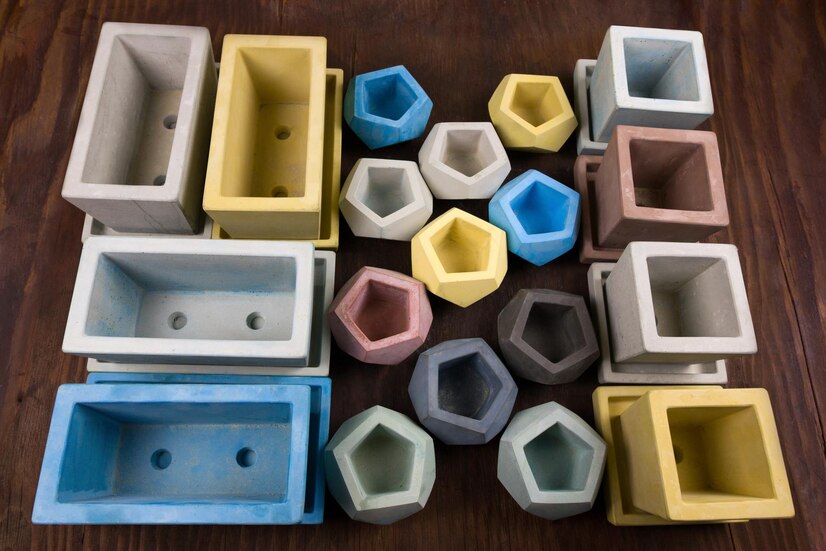Injection molding thrives on the versatility of plastic materials. Each material offers a unique combination of properties that make it suitable for specific applications. Selecting the right material is paramount for the success of an injection-molded part. Here’s a look at 10 of the most commonly used injection molding materials and their key characteristics:
High-Density Polyethylene (HDPE):
Properties: Injection molding China is Highly rigid, durable, and resistant to chemicals and moisture. Offers good electrical insulation properties.
Applications: Bottles, caps, food containers, pipes, toys, and industrial parts.
Low-Density Polyethylene (LDPE):
Properties: Flexible, translucent, and offers good moisture resistance. Generally considered food-safe.
Applications: Squeeze bottles, plastic bags, films, and lids.
Polypropylene (PP):
Properties: Excellent balance of strength, stiffness, and chemical resistance. China die casting is lightweight and has good heat deflection properties.
Applications: Food packaging, bottle caps, automotive parts, textiles (fibers), and medical devices.
Polycarbonate (PC):
Properties: High strength, impact resistance, and excellent clarity. Offers good heat resistance and dimensional stability.
Applications: Eyeglass lenses, medical devices, electronic components, bulletproof glass (high-grade PC), and automotive parts.
Acrylonitrile Butadiene Styrene (ABS):
Properties: Good balance of strength, toughness, and rigidity. Offers good chemical resistance and can be easily painted or plated.
Applications: Electronic housings, appliance parts, toys, pipes, and luggage shells.
Polystyrene (PS):
Properties: Rigid, clear, and relatively inexpensive. However, it has lower impact resistance and heat deflection compared to other materials.
Applications: Disposable cups, food packaging, clear trays, and point-of-purchase displays.
Polyoxymethylene (POM):
Properties: High stiffness, dimensional stability, and excellent wear resistance. Offers good chemical resistance and low friction coefficient.
Applications: Gears, bearings, rollers, fasteners, and engineering components.
Polyvinyl Chloride (PVC):
Properties: Available in rigid and flexible formulations. Offers good chemical resistance, flame retardancy, and weatherability (depending on additives).
Applications: Pipes, tubing, window frames, flooring, and wire insulation.
Nylon (Polyamide, PA):
Properties: High strength, toughness, and abrasion resistance. Offers good heat resistance and low friction coefficient.
Applications: Gears, bearings, fasteners, brush bristles, and engineering components.
Acetal (Polyacetaldehyde, POM-C):
Properties: Similar properties to POM but offers lower water absorption and better dimensional stability.
Applications: Gears, bearings, fasteners, medical implants, and engineering components requiring high wear resistance.
Choosing the Right Material: A Balancing Act
There’s no single “best” material for injection molding. The optimal choice depends on a careful consideration of several factors, including:
Part Function: What will the molded part be used for? Understanding the mechanical and functional requirements is crucial.
Strength and Durability: How much stress will the part experience? Choose a material with adequate strength and impact resistance.
Heat Resistance: Will the part be exposed to high temperatures? Select a material with a suitable heat deflection temperature.
Chemical Resistance: Will the part come into contact with any chemicals? Ensure the material offers the necessary resistance.
Environmental Considerations: Does the application require UV resistance or flame retardancy? Choose a material with the appropriate properties.
Aesthetics: What is the desired appearance of the finished part? Consider the material’s natural color, clarity, and ability to be dyed or painted.
Cost: Material cost can significantly impact the overall project budget.
In conclusion
The vast array of injection molding materials empowers manufacturers to create parts that excel in specific applications. From the affordability and clarity of polystyrene to the high strength and heat resistance of polycarbonate, each material offers unique advantages. By understanding the properties of these materials and carefully considering the part’s function, environment, and desired aesthetics, manufacturers can select the optimal material for injection molding success.
Read More
- Is Consumer Durables A Good Career Path?
- Is Major Pharmaceuticals A Good Career Path?
- Apple Will Test Customer Loyalty With Expensive iPhone 15 Pro Models

